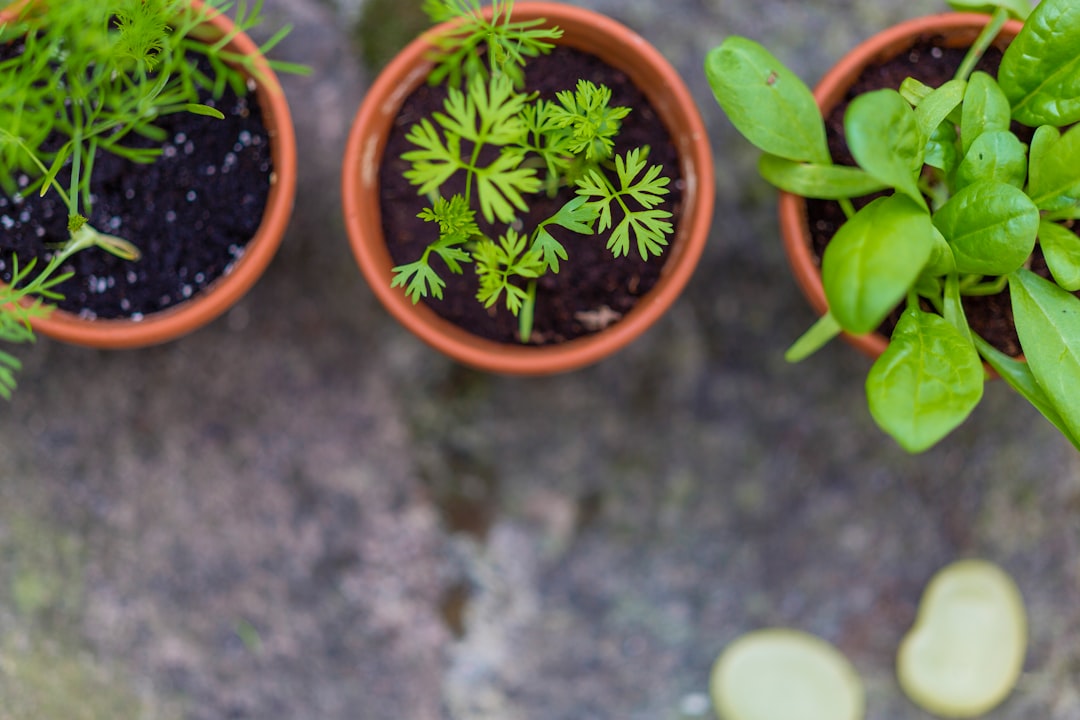What is it about?
Synapses—the way neurons talk to one another—are necessary to relay visual information in a stepwise fashion from light-sensitive photoreceptors (rods and cones) to intermediate retinal neurons to retinal ganglion cells and finally to our brains. We've recently learned that photoreceptors grown from stem cells can respond to light and make synapses as they develop within tiny tissue structures called retinal organoids. However, we wanted to know whether they could form new synapses after being removed from these organoids, which is necessary for them to be used in future human clinical trials. Using a modified rabies virus-based tracing system, we found that stem cell-derived retinal neurons, including photoreceptors and retinal ganglion cells, can complete a new "handshake" (i.e., synapse) with other retinal neurons after old connections are destroyed. Our results provide the first direct evidence that this important step in all contemplated retinal cell replacement strategies is possible.
Featured Image

Photo by Cytonn Photography on Unsplash
Why is it important?
Millions of people worldwide of all ages suffer from blinding diseases and injuries that result in death of retinal neurons such as photoreceptors and retinal ganglion cells, including macular degeneration, retinitis pigmentosa, and glaucoma to name a few. Stem cell-grown retinal neurons have the potential to restore vision by replacing cells lost to such disorders, and demonstrating that these cells are intrinsically capable of forming new synapses is a critical step in building confidence in such therapies.
Perspectives
As photoreceptor and other retinal cell replacement therapies enter clinical trials, our results support their potential to form new connections and—hopefully—communicate with other neurons after removal from the organoid environment they are originally grown in.
David Gamm
University of Wisconsin Madison
Read the Original
This page is a summary of: Re-formation of synaptic connectivity in dissociated human stem cell-derived retinal organoid cultures, Proceedings of the National Academy of Sciences, January 2023, Proceedings of the National Academy of Sciences,
DOI: 10.1073/pnas.2213418120.
You can read the full text:
Resources
Contributors
The following have contributed to this page










